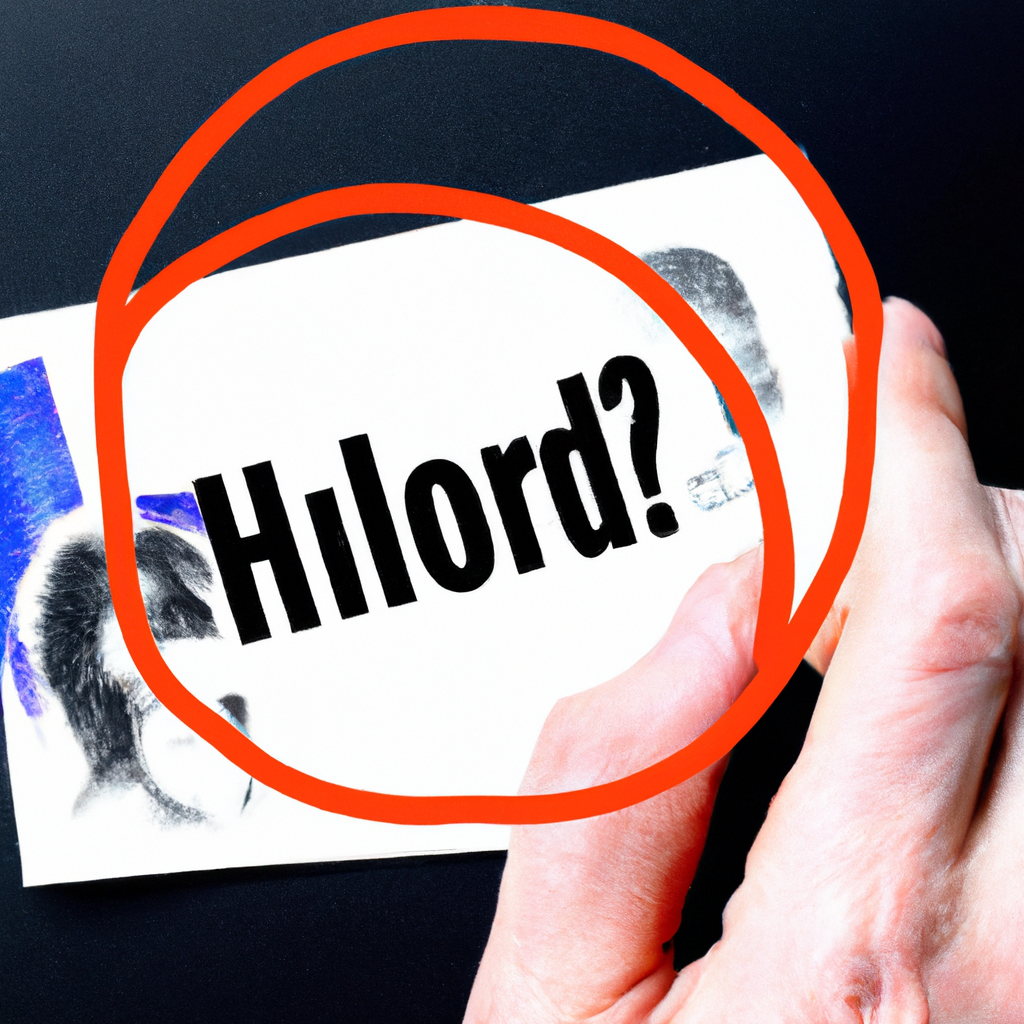
In the labyrinth of cultural stewardship, where art meets administration, the recent turmoil at the Orlando Museum of Art unfolds like a modern-day renaissance drama, steeped in controversy and accusation. At the heart of this unfolding saga is the institution's stout denial of defaming its former director, painting a complex picture of the intersection between legal frameworks and artistic governance.
The Orlando Museum of Art, a beacon of cultural enrichment, finds itself embroiled in a legal spectacle that could rival the chaotic backstories of the masterpieces it houses. The narrative took a twist with the museum responding assertively to an amended countersuit filed by its ex-director. This legal counterstroke by the museum was aimed at clearing the air over allegations that it engaged in a defamatory crusade against its once-leading luminary.
Defamation, a term often tossed in the tempestuous seas of corporate and public disputes, here finds a peculiar canvas—set against the backdrop of art curation and museum administration. The museum's response highlights a decisive endeavor to maintain its reputation, not merely among its patrons but within the echelons of the art world's elite. This act of legal veracity is not just about correcting perceived wrongs but is a statement of the museum's ongoing commitment to integrity and the sanctified trust placed upon it by the community.
The imbroglio extends beyond personal grievances, touching upon the delicate fibers of ethical management and leadership in the arts. It forces us to ponder, deeply, about the structures that hold up our revered institutions—how they are managed and how they, in turn, manage the narratives not just of art, but of the people behind the art. This legal confrontation, dressed in the solemn attire of courtroom debate, might very well reshape some aspects of how art institutions align their administrative compass in the mire of public scrutiny and legal expectations.
As viewers and patrons of the arts, we watch closely, not just for the outcome, but for the implications it holds for the cultural tapestry that the Orlando Museum of Art is supposed to safeguard. It reminds us all that beneath the veneer of tranquility and beauty that art often depicts, there are sometimes layers of struggle, contrast, and controversy that are as compelling as any artwork hanging on a gallery wall.
The legal brushes that now color the operations of the Orlando Museum of Art serve as a stark reminder of the fragility of trust and the potency of accountability in the art world. As this drama continues to unfold, it will undoubtedly contribute to the broader discourse on the nexus of law and art, integrity and creativity, potentially setting precedents for how disputes of this nature are navigated in the cultural spheres.